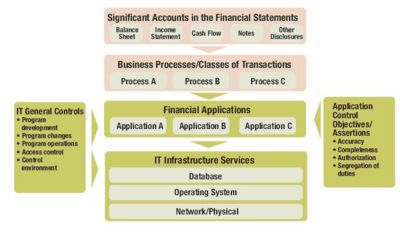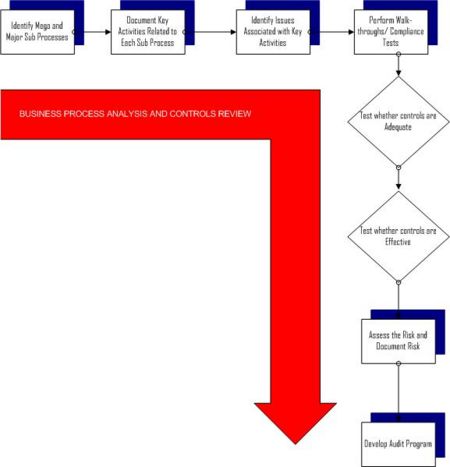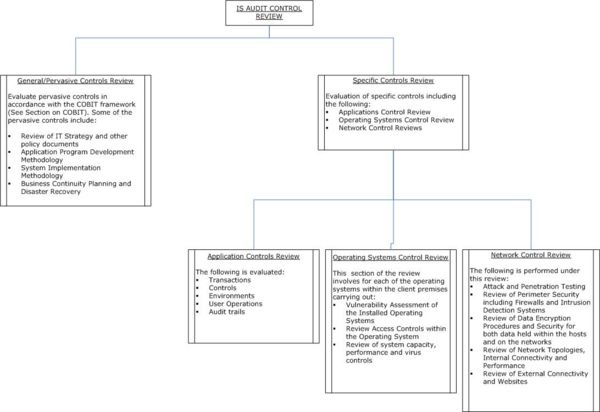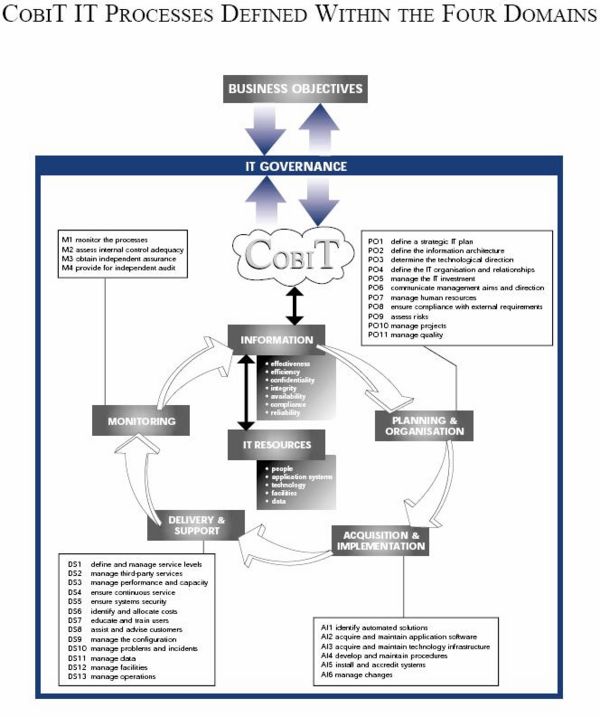1 Pengertian Data
Data adalah bahan yang akan diolah atau diproses yang bisa berupa angka-angka,huruf-huruf, simbol-simbol yang menunjukan suatu situasi dan lain-lain yang berdiri sendiri atau merupakan kenyataan yang menggambarkan suatu kejadian-kejadian dan kesatuan nyata.
Menurut Robert N.antony dan John Dearden , Data adalah :
‘ Bentuk jamak dari bentuk tunggal datum atau data-item’.
dan
“ Data Merupakan kenyataan yang menggambarkansuatu kejadian-kejadian dan kesatuan nyata.” (Jogyanto, Analisis dan desain Sistem Informasi;8 ).
Keberadaan suatu data sangat menunjang terhadap informasi ,karena data merupakan bahan mentah yang diperlukan oleh pengambil keputusan . untuk lebih meeyakinkan bahwa data tidak dapat terlepas dari dari informasi dapat dilihat dari definisi mengenai informasi.
2. Pengertian sistem
Suatu sistem sangatlah dibutuhkan dalam suatu perusahaan atau instansi pemerintahan , karena sistem sangatlah menunjang terhadap kinerja perusahaan atau instansi pemerintah , baik yang berskala kecil maupun besar. Supaya dapat berjalan dengan baik diperlukan kerjasama diantara unsure-unsur yang terkait dalam sistem tersebut.
Ada berbagai pendapat yang mendefinisikan pengertian sistem ,seperti dibawah ini :
“Sistem adalah suatu jaringan kerja dari prosedur-prosedur yang saling berhubungan , berkumpul bersama-sama untuk melakukan suatu kegiatan atau untuk menyelesaikan suatu sasaran yang tertentu”.(Jogiyanto,2005,1).
Masih dalam buku ‘Analisia dan Desain sistem informasi’ karangan jogiyanto menerangkan:
“Sistem adalah kumpulan dari elemen-elemen yang berinteraksi untuk mencapai suatu tujuan tertentu”.(Jogiyanto,2005,2).
3.Pengertian informasi
Dalam manajemen , informasi merupakan data yang telah diproses sehingga mempunyai arti tertentu bagi penerimanya.Sumber dari informasi adalah Data, sedangkan Data itu sendiri adalah Kenyataan yang menggambarkanm suatu kejadian, sedangkan kejadian itu merupakan suatu peristiwa yang terjadi pada waktu tertentu .dalam hal ini informasi dan data saling berkaitan.
Menurut Jogiyanto dalam buku ‘Analisis dan desain sistem informasi’
adalah :
“Informasi diartikan sebagai data yang diolah menjadi bentuk yang lebih berguna dan lebih berarti bagi yang menerimanya” . (Jogiyanto,2005; 8).
Menurut George M.Scott dalam buku ‘prinsip-prinsip Sistem Informasi Manajemen’ pengertian sistem informasi adalah;
‘Sistem informasi adalah sistem yang diciptakan oleh para analisis dan manajer guna melaksanakan tugas khusus tertentu yang sangat esensial bagi berfungsinya organisasi’. (George M.Scott,2001;4)
Sedangkan definisi dari Robert A.leitch dan K.Roscoe davis sebagai berikut:
‘Sistem informasi adalah suatu sistem didalam suatu organisasi yang mempertemukan kebutuhan pengolahan transaksi harian , mendukung operasi ,bersifat manajerial dan kegiatan strategi dari suatu organisasi dan menyediakan pihak luar tertentu dengan laporan-laporan yang diperlukan’. (Jogiyanto,2005;11)
Pengertian Informasi selalu dikaitkan dengan data, namun arti dari masing-masing kata dalam pengertian tersebut berbeda. Keberadaan suatu data sangat menunjang terhadap informasi , karena data merupakan bahan mentah yang diperlukan untuk mengambil keputusan.
4 Komponen sistem informasi
Komponen – komponen yang ada dalam sistem informasi meliputi beberapa blok, yaitu :
1. Blok masukan (input)
Blok masukan ini mewakili data yang masuk kedalam sistem informasi.
Input disini termasuk Metode-metode dan media untuk menangkap data yang akan dimasukan , yang dapat berupa dokumen - dokumen dasar.
2 . Blok Model
Blok ini terdiri dari kombinasi prosedur,logika dan model matematika yang akan memanipulasi data input dan data yang tersimpan di basis data dengan cara yang sudah tertentu untuk menghasilkan keluaran yang diinginkan.
3. Blok keluaran (output)
Produk dari sistem informasi adalah keluaran yang merupakan informasi yang berkualitas dan dokumentasi yang berguna untuk semua tingkat manajemen serta semua pemakai sistem.
4. Blok Teknologi
Teknologi merupakan alat yang digunakan untuk menerima masukan,menjalankan model,menyimpan dan mengakses data,menghasilkan dan mengirimkan keluaran dan membantu pengendalian dari sistem secara keseluruhan. Teknologi terdiri dari 3 bagian utama, yaitu Teknisi,perangkat lunak (software) dan perangkat keras (hardware).
5. Blok Basis Data.
Basis data merupakan kumpulan data yang saling berhubungan satu dengan yang lainnya, tersimpan diperangkat keras computer, basis data diakses atau dimanipulasi dengan menggunakan paket perangkat lunak yang disebut data base manajemen sistem ( DBMS ).
6. Blok kendali
Beberapa pengendalian perlu dirancang dan diterapkan untuk meyakinkan bahwa hal-hal yang dapat merusak sistem bisa dicegah ataupun bila terlanjur terjadi kesalahan-kesalahan dapat langsung cepat diatasi.
5 Sistem informasi manajemen
Menurut Barry E.Cushing, SIM adalah :
‘Suatu sistem informasi manajemen adalah Kumpulan dari manusia dan sumber daya modal di dalam suatu organisasi yang bertanggung jawab mengumpulkan dan mengolah data untuk mengahasilkan informasi yang berguna untuk semua tingkatan manajemen di dalam kegiatan perencanaan dan pengendalian’. (Jogiyanto,2005,14).
Menurut Frederick H.Wu SIM adalah :
‘Sistem Informasi Manajemen adalah kumpulan-kumpulan dari sistem-sistem yang menyediakan informasi untuk mendukung manajemen’.(Jogiyanto,2005,14).
Menurut Gordon B.Davis dalam buku ‘Kerangka dasar SIM’, SIM adalah :
‘ Sistem Informasi Manajemen adalah Suatu serapan teknologi baru kepada persoalan keorganisasian dalam pengolahan transaksi dan pemberian informasi bagi kepentingan keorganisasian’. (Gordon B.Davis,1985;23).
Masih menurut Gordon.B Davis, dalam buku ‘Analisis dan Desain informasi’ SIM’, adalah :
‘Sistem Informasi Manajemen merupakan suatu sistem yang melakukan fungsi-fungsi untuk menyediakan semua informasi yang mempengaruhi semua operasi organisas’i.Jjogiyanto,2005,15).
Menurut George M.Scott, dalam buku ‘Prinsip-prinsip SIM’ adalah :
‘Sistem Informasi Manajemen adalah serangkaian Sub-sistem informasi yang menyeluruh dan terkoordinasi dan secara rasional terpadu yang mampu yang mampu mentransformasi data sehingga menjadi informasi lewat serangkaian cara guna meningkatkan produktivitas yang sesuai dengan gaya dan sifat manajer atas dasar criteria mutu yang telah ditetapkan’.
Jadi dari beberapa definisi tersebut,dapat dirangkum bahwa Sistem Informasi Manajemen adalah kumpulan dari interaksi sistem-sistem informasi yang menghasilkan informasi yang berguna untuk semua tingkatan manajemen.
6 Peranan sistem informasi bagi manajemen
Manajemen menbutuhkan informasi untuk mendukung pengambilan keputusan yang akan dilakukan sumber informasi eksternal dan informasi internal. Informasi internal dapat diperoleh dari sistem informasi berupainformasi yang dihasilkan dari operasi pengolahan data elektrnik (PDE) dan informasi Non PDE.
2.1.7 Analisis sistem
Tahap analisis dilakukan setelah tahap perencanaan sistem (system planing)
Dan sebelum tahap perancangan.Tahap analisis sistem merupakan tahap yang kritis dan sangat penting , karena kesalahan didalam tahap ini akan menyebabkan kesalahan ditahap berikutnya.
Analisis sistem (system analisis) dapat didefinisikan sebagai :
“ Analisis Sistem yaitu Penguraian dari suatu sistem informasi yang utuh kedalam bagian-bagian komponennya dengan maksud untuk mengidentifikasi dan mengevaluasi permasalahan-permasalahan , kesempatan-kesempatan, hambatan-hambatan yang terjadi dan kebutuhan-kebutuhan yang diharapkan sehingga dapat diusulkan perbaikan-perbaikannya”. (jogiyanto,2005;129).
Juga dapat didefinisikan juga seperti dalam buku Prinsip-prinsip SIM sebagai berikut.
“Analisis sistem (systems analysis) adalah kegiatan yang berorientasi pada manusia dan bersifat tidak terstuktur ,yang melibatkan perkiraan (estimates) dan negoisasi,”(George M.Scott,2001; 535).



